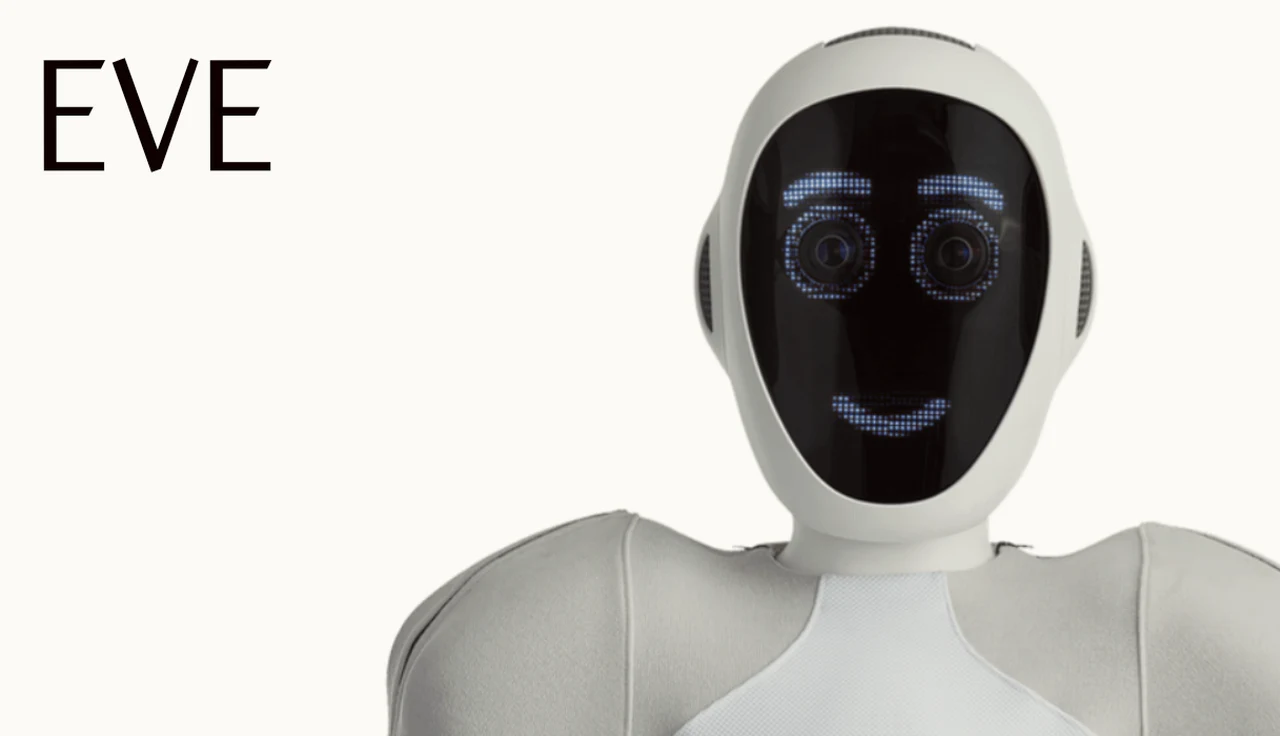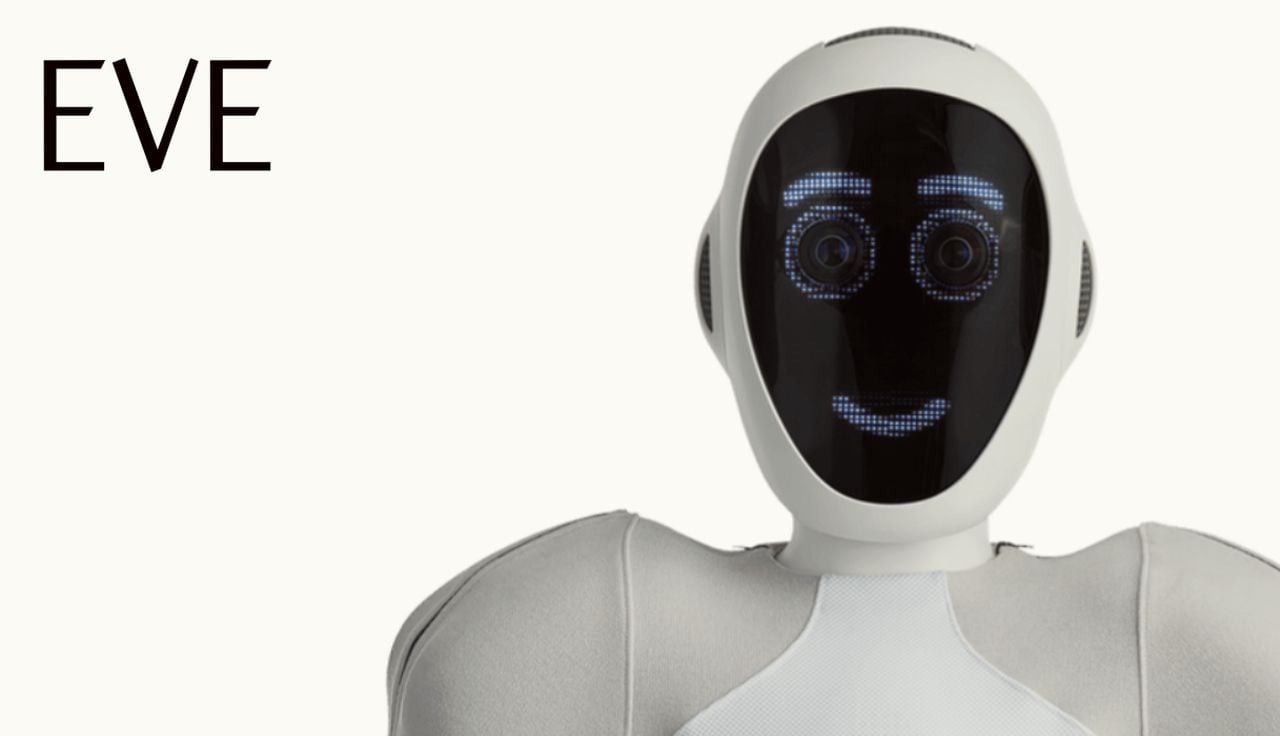
Yesterday in a groundbreaking collaboration, OpenAI and 1X Robotics have unveiled a new robot that is capturing the attention of the tech world. This robot, known as the EVE, is a fully autonomous robot that can operate on its own, without the need for human guidance. It’s a significant step forward in the field of humanoid robots, and it’s sparking conversations about the future of artificial intelligence and the role of robots in our daily lives.
The EVE robot is unique because it can charge itself, which means it doesn’t need humans to keep it powered. This self-charging ability is a major development, as it allows the robot to work for extended periods without interruption. It’s a key feature that could lead to robots being more integrated into various settings, from homes to businesses, without the need for constant human supervision.
What sets the EVE robot apart from earlier models is its ability to respond to its environment in real time. This is a big deal because it means the robot can handle tasks that require immediate action, much like a human would. The robot’s quick reflexes are made possible by its advanced neural networks, which process information directly, allowing it to learn and adapt on the fly. This is a departure from traditional programming methods and is essential for the robot to perform a wide range of tasks.
EVE autonomous humanoid robot
The EVE robot also boasts a new hand design that gives it the ability to grip and manipulate objects in a way that’s different from human hands but still highly effective. This innovation expands the types of tasks the robot can do and improves its overall functionality. Additionally, the robot’s vision-based neural network processes visual information at a rapid pace, enabling it to quickly adapt to changes in its environment. This is crucial for tasks that require precision and fast reactions.
A new kind of software engineer, known as a “Software 2.0 Engineer,” is emerging to work with these advanced robots. These engineers train the robot’s neural networks using data, moving away from traditional coding. This shift is vital for the development of autonomous robotic systems and represents a new direction in software development.
OpenAI invests in robotics
The partnership between OpenAI and 1X Robotics is strategic, aiming to combine robotics with AI to create more sophisticated embodied AI systems. Experts in the industry recognize the potential impact of the EVE robot’s self-charging feature on the future of robotics. To support the ongoing development of the EVE and the upcoming bipedal android model Neo, 1X Robotics has secured funding, including a significant investment from OpenAI. Neo is designed for domestic assistance and is capable of performing a wide range of tasks, which could transform the concept of home automation.
In some instances, Neo could be operated remotely by human controllers, who would manage its vision and movements. This opens up the possibility of new job sectors where operators can control robots from afar, extending human capabilities into different environments. The integration of humanoid robots into everyday life is promising, with potential uses in both residential and commercial areas. As these robots become more common, they are expected to create new job sectors focused on their management and maintenance, changing the workforce and how we interact with technology.
The joint effort by 1X Robotics and OpenAI to create the EVE robot is a notable step toward more advanced artificial intelligence. With capabilities like real-time operation, self-charging, and sophisticated neural networks, the EVE robot is poised to become a valuable tool in both home and business settings, marking the beginning of a new era in autonomous robotics.
OpenAI’s venture into autonomous robotics marks a turning point in the industry. These robots’ ability to learn and adapt through advanced neural networks and visual data processing suggests a new era for task automation and physical labor. As these robots become more integrated into various sectors, they’re set to not only change the nature of work but also create new job opportunities in the ever-evolving world of robotics.
Filed Under: Technology News, Top News
Latest timeswonderful Deals
Disclosure: Some of our articles include affiliate links. If you buy something through one of these links, timeswonderful may earn an affiliate commission. Learn about our Disclosure Policy.

